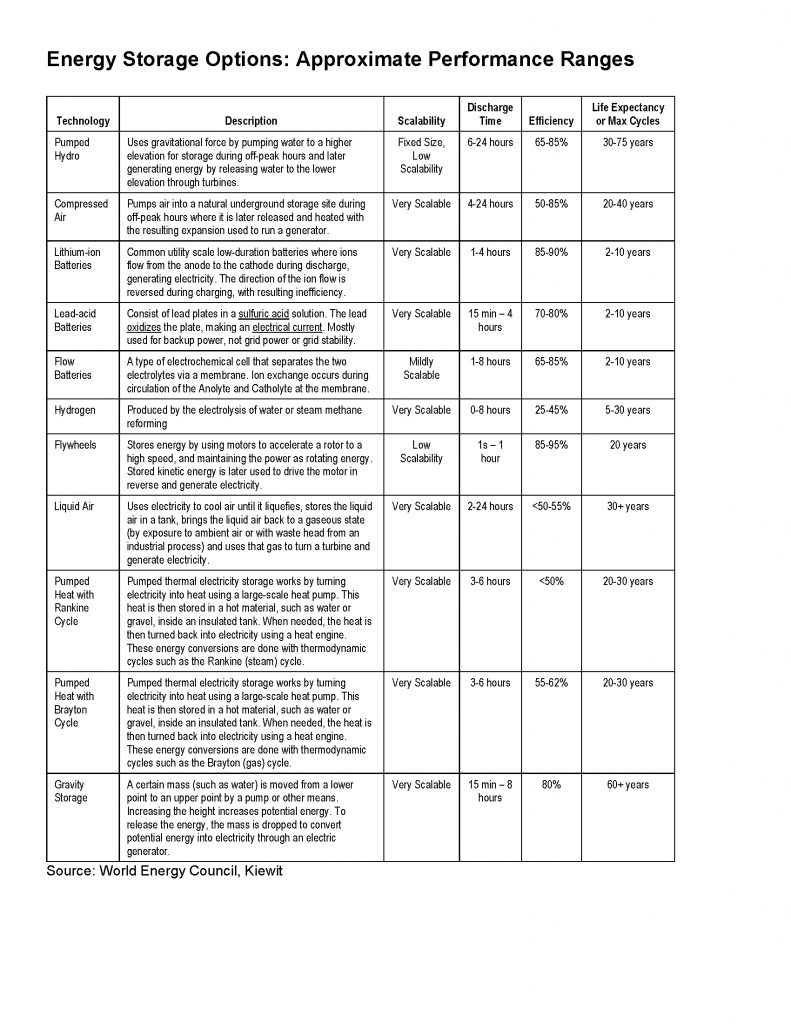Utility-scale energy storage systems have been operating in the United States for nearly a century, beginning with the arrival of pumped storage hydropower (PHS) in the 1920s. While PHS remains the largest-capacity form of grid energy storage today, new technologies are rapidly emerging, offering valuable opportunities for utilities to further optimize the power grid.
The demand for new energy storage solutions has been largely driven by the increased use of renewable energy, which requires efficient and effective energy storage for periods where those renewable sources are not available or at peak output. Additionally, government initiatives, most notably the Federal Energy Regulatory Commission’s Order 841, have led to increased interest and investment in energy storage.
The bottom line for utilities is that advancements in energy storage provide valuable opportunities to optimize their operations. Incorporating the right energy storage solution can help utilities store lower-cost energy for later use when rates increase due to peak energy consumption — ultimately saving money and avoiding unnecessary wear and tear on equipment. Most importantly, the use of energy storage solutions can help prevent costly outages.
When evaluating energy storage technology options, Kiewit recommends that utilities start the process with the questions below:
• How long does energy need to be stored?
• What is the discharge time? How long can it maintain its output?
• How efficient is the system?
• What resources are needed to properly maintain the system?
• What is the life expectancy of the solution?
• How much are the installation costs?
• What permits are required?
• How long will the permitting process take?
As the power grid continues to face challenges — from aging infrastructure to the increased demand for electricity — utilities will need to continue to explore clean energy sources and adopt new technologies. While energy storage solutions will not solve all these issues, they can offer substantial benefits to utilities now and in the years to come. The following table summarizes energy storage technology options and their key performance metrics.
About the Author: Holly Langston, P.E., Energy Storage Project Manager
Holly has more than 30 years of industry experience ranging from power plant design to field start-up and commissioning with specific project experience on combined cycle power plants, coal power plants, solar power plants and battery energy storage systems. Holly graduated from Missouri University of Science and Technology with a bachelor’s degree in electrical engineering and received her MBA from the University of Kansas.



